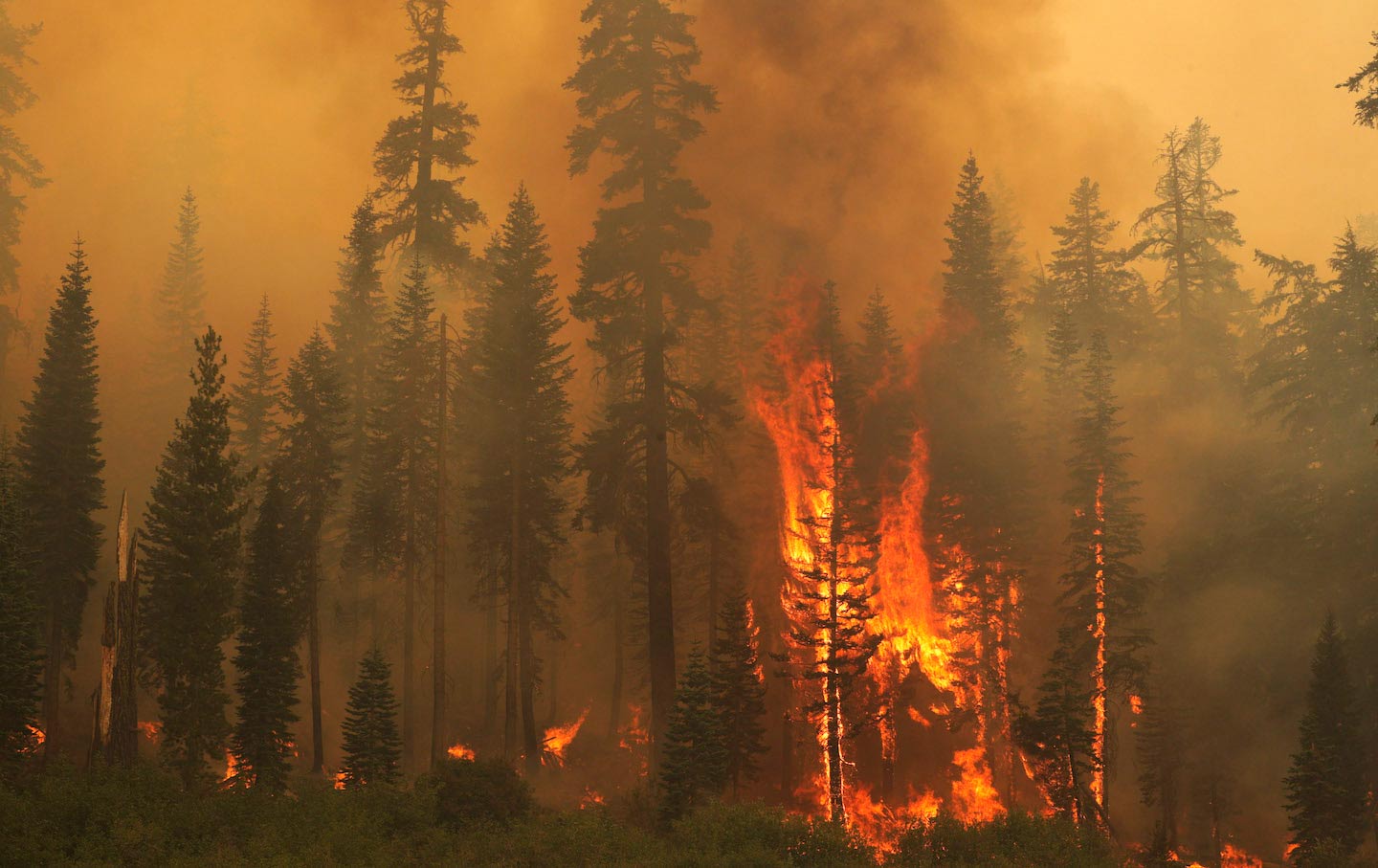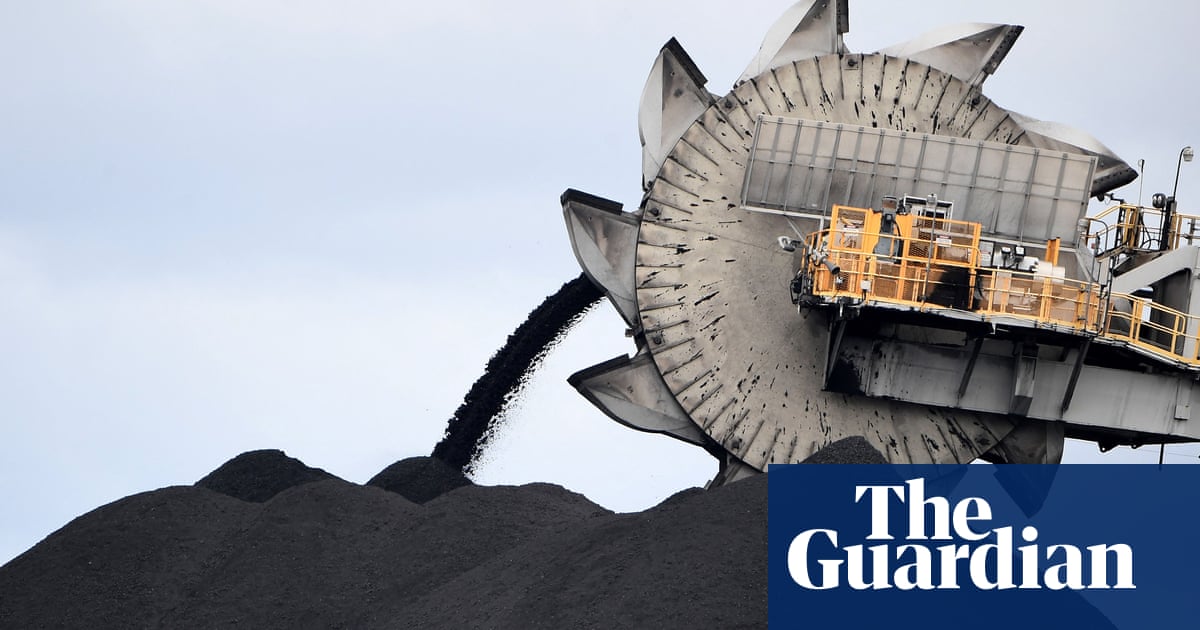Funny how the “keep the government out of our business and property owner rights” go out the window when it’s for renewables, even though it will still be used for sheep which seems like it should meet the zoning.Same here in Oregon. Proposed Muddy Creek solar park gets Brownsville audience worked up
Much of the push back from locals is they are afraid that the land they lease will cost more. They don't come out and say that, even saying it will hare the environment, which is almost funny, most don't give a damn about that even if it was true.

Proposal for Oregon’s first large-scale solar park and farm meets opposition • Oregon Capital Chronicle
The Muddy Creek Energy Park would be the first solar facility in Linn County and be built on valuable farmland.oregoncapitalchronicle.com
Welcome to Tesla Motors Club
Discuss Tesla's Model S, Model 3, Model X, Model Y, Cybertruck, Roadster and More.
Register
Install the app
How to install the app on iOS
You can install our site as a web app on your iOS device by utilizing the Add to Home Screen feature in Safari. Please see this thread for more details on this.
Note: This feature may not be available in some browsers.
-
Want to remove ads? Register an account and login to see fewer ads, and become a Supporting Member to remove almost all ads.
You are using an out of date browser. It may not display this or other websites correctly.
You should upgrade or use an alternative browser.
You should upgrade or use an alternative browser.
Climate Change / Global Warming Discussion
- Thread starter Raffy.Roma
- Start date
-
- Tags
- Energy Environment Policy
HankE-LA
Member
One of our local TV weather guys is trained as a climatologist rather than a meteorologist. When asked about his opinion on climate change he said this.
Remember, all weather is local. When you cut down a forest to make farmland you now have a local spot that has gotten warmer. When you turn that farmland into a subdivision it gets warmer yet. Turn the subdivision into a shopping mall and it gets warmer even more. There are a lot of pieces to this puzzle
Remember, all weather is local. When you cut down a forest to make farmland you now have a local spot that has gotten warmer. When you turn that farmland into a subdivision it gets warmer yet. Turn the subdivision into a shopping mall and it gets warmer even more. There are a lot of pieces to this puzzle
One of our local TV weather guys is trained as a climatologist rather than a meteorologist. When asked about his opinion on climate change he said this.
Remember, all weather is local. When you cut down a forest to make farmland you now have a local spot that has gotten warmer. When you turn that farmland into a subdivision it gets warmer yet. Turn the subdivision into a shopping mall and it gets warmer even more. There are a lot of pieces to this puzzle
Literally, a person who cannot see the forest from the trees. Yep, and when you cut down forests to do all that, it's all still local - except when there is too many local, now it is global... but you can argue that it's still 'local' to Earth. Horse dropping is also local until everyone gets a horse and there's horse dropping everywhere.
America's wealthiest 10% responsible for 40% of US greenhouse gas emissions
A new study reveals that the wealthiest Americans, those whose income places them in the top 10% of earners, are responsible for 40% of the nation's total greenhouse gas emissions. The study links income, especially income derived from financial investments, to the emissions used in generating...
www.sciencedaily.com
mspohr
Well-Known Member
Weather is local. Climate is global.One of our local TV weather guys is trained as a climatologist rather than a meteorologist. When asked about his opinion on climate change he said this.
Remember, all weather is local. When you cut down a forest to make farmland you now have a local spot that has gotten warmer. When you turn that farmland into a subdivision it gets warmer yet. Turn the subdivision into a shopping mall and it gets warmer even more. There are a lot of pieces to this puzzle
We have been burning stuff (locally) for hundreds/thousands of years so the climate (globally) has drastically changed and is causing severe (local) impacts.
So Elon effectively moved Tesla HQ from the frying pan into the fire? Great job, Elon. I say that all the time in my Tesla when the built-in nav routes me to the wrong lanes and in circles. LOL
B
betstarship
Guest
CyberGus
Not Just a Member
We needed Hurricane Hilary back in 2016
Looks like I can shut off my AC until Wed, yeah!
mspohr
Well-Known Member
You never want a hurricane.We needed Hurricane Hilary back in 2016

As Hurricane Hilary prepares to land, California and Mexico brace for impact
Southern California gets first tropical storm warning as conditions to potentially affect Baja California peninsula late Friday
Parts of the US west could see up to three inches of rain an hour, and up to seven inches within 24 hours, “which would be exceeding rare for the region from a tropical cyclone, potentially unique for Nevada”, the National Weather Service said. Across a large swath of southern California’s deserts, Hilary could cause catastrophic flooding, said UCLA climate scientist Daniel Swain. “We’re talking about the type of flooding that will be life threatening that could severely disrupt or even destroy critical infrastructure including roads and highways,” he said. The remarkable force and speed of the storm is an omen of what is to come as the planet warms, scientists say. Hurricanes are becoming more powerful due to the climate crisis, research shows. Studies have found that that the rapid intensification of storms has become more common in a warming world. Hilary intensified by about 75mph in just 24 hours, according to the National Hurricane Center.
mspohr
Well-Known Member

The US and China must unite to fight climate change, not each other | Bernie Sanders
Cooperation is not only in the best interests of all countries, but is absolutely necessary for the survival of the planet
Here is the insane dynamic that must be changed. In recent years, both the US and China have greatly increased their military budgets. The US now spends some $900bn on the Pentagon, more than the next 10 nations combined. China, with the world’s second largest military budget, spends almost $300bn. Despite spending these huge amounts on “defense”, both countries are losing the war against the climate ccrisis. The US has experienced massive floods, fires, drought and extreme weather disturbances, which have cost us hundreds of billions. The recent flooding in China alone will cost that government tens of billions. Into the future, scientists tell us that great cities like Shanghai and New York will be underwater if we do not act effectively against the climate crisis. So here’s a “radical” idea. Instead of spending enormous amounts of money planning for a war against each other, the US and China should come to an agreement to mutually cut their military budgets and use the savings to move aggressively to improve energy efficiency, move toward sustainable energy and end our reliance on fossil fuels. They should also provide increased support for developing countries who are suffering from the climate crisis through no fault of their own.
mspohr
Well-Known Member

We Are Witnessing the First Stages of Civilization’s Collapse
Will our own elites perform any better than the rulers of Chaco Canyon, the Mayan heartland, and Viking Greenland?
 www.thenation.com
www.thenation.com
As Diamond argues, each of those civilizations arose in a period of relatively benign climate conditions, when temperatures were moderate and food and water supplies adequate. In each case, however, the climate shifted wrenchingly, bringing persistent drought or, in Greenland’s case, much colder temperatures. Although no contemporary written records remain to tell us how the ruling elites responded, the archaeological evidence suggests that they persisted in their traditional ways until disintegration became unavoidable.
When do we know that a civilization is on the verge of collapse? In his now almost 20-year-old classic, Diamond identified three key indicators or precursors of imminent dissolution: a persistent pattern of environmental change for the worse like long-lasting droughts; signs that existing modes of agriculture or industrial production were aggravating the crisis; and an elite failure to abandon harmful practices and adopt new means of production. At some point, a critical threshold is crossed and collapse invariably follows.
Today, it’s hard to avoid indications that all three of those thresholds are being crossed.
mspohr
Well-Known Member

Wealthy oil nation lays groundwork for ‘eye-popping’ climate fund
The United Arab Emirates has drawn a backlash from climate advocates for its role hosting the global climate talks, but the massive fund it's considering would help countries green their economies.
The United Arab Emirates is considering creating a multibillion-dollar fund to spur clean energy investments across the world that it plans to unveil at this year’s U.N. climate talks in Dubai, according to people familiar with the plan.
The fund could amount to tens of billions of dollars, with a sizable slice of the money coming from the UAE’s sovereign wealth reserves, according to seven people with knowledge of the discussions. A G-7 government official said envoys from the oil-rich Mideast nation had privately mentioned the idea of a fund of at least $25 billion.
CyberGus
Not Just a Member
You know it's getting bad when you're disappointed the hurricane will miss
mspohr
Well-Known Member

Volcanoes and wildfires offset 20% of global heating over eight years
Events that inject smoke and gas into high atmosphere help to cool planet but are no solution to climate crisis, says study
Explosive volcanic eruptions and wildfires have offset global heating by around a fifth over the last eight years, a study shows. In particular the eruption of Calbuco in southern Chile in 2015 and the 2019-20 Australian wildfires injected vast amounts of smoke and gas into the high atmosphere, which helped to cool the planet by absorbing heat leaving the Earth and reflecting sunlight back to space.
mspohr
Well-Known Member

G20 poured more than $1tn into fossil fuel subsidies despite Cop26 pledges – report
Public money still flowing into industry despite agreement to phase out ‘inefficient’ subsidies, thinktank says
The G20 poured record levels of public money into fossil fuels last year despite having promised to reduce some of it, a report has found. The amount of public money flowing into coal, oil and gas in 20 of the world’s biggest economies reached a record $1.4tn(£1.1tn) in 2022, according to the International Institute for Sustainable Development (IISD) thinktank, even though world leaders agreed to phase out “inefficient” fossil fuel subsidies at the Cop26 climate summit in Glasgow two years ago.
Another interesting video pointing out a new warning fact: "The cold blob".
While Oceans all over the world warmed 1 degree Celsius from the preindustrial period there is an Area in Northern Atlantic which cooled of the same 1 degree, called "The cold blob". This fact is considered from Scientists, who predicted "The cold blob" with Climate Models, a warning sign that the amoc could collapse within this Century causing the rising of sea levels and the cooling of the Northern Hemisphere of the Earth.
mspohr
Well-Known Member
“This year is shocking and next year may well be worse. This summer will be among the cooler summers this century, it will feel like a remarkably cool summer 30 years from now even though it feels so extreme now. It is quite amazing, in fact it’s mind-blowing when you think about that.”

 www.theguardian.com
www.theguardian.com
“We have seen an unusual summer and these ‘unusual’ summers will become more and more frequent in the future,” said Katharine Hayhoe, a climate scientist at the Nature Conservancy. Hayhoe said high temperatures, El Niño and natural variability have all combined to create the sort of conditions not seen before by humans. “It’s like an overloaded camel with an extra bale of hay and then some additional weight on top,” she said.
We just keep seeing these compound disasters – heat then fire, then fire and then flood,” said Jim Whittington, an expert on incident management at Oregon State University. “The response community is just maxed out, there aren’t a lot of additional resources available. The summer should be a wake-up call because our systems and infrastructure are built on assumptions made in the 1950s and 1960s that just don’t exist now. We need a major rethink and need to start planning for worse to come, rather than just responding.”
The majority of Americans are now concerned about the climate crisis, polling shows, with strong support for policies that bolster renewable energy and aid disaster response. But there remains a deep partisan divide on the need to confront, or even acknowledge, the problem, as evidenced by Thursday night’s televised debate between Republican presidential contenders, minus Donald Trump, that saw candidates either deny the existence of the climate crisis or downplay the need to rapidly move away from fossil fuels. Even a summer as extreme as this one is unlikely to significantly shift this dynamic, Swain said, even though it is likely to be followed by a string of years that are even hotter and more chaotic due to the onward upward march of global temperatures. Greenhouse gas emissions still remain historically high and the impact of El Niño is likely to be even more keenly felt next year.

After America’s summer of extreme weather, ‘next year may well be worse’
A freakish season of record temperatures, wildfire smoke and the destruction of Lahaina could soon become normal, climate experts say
“We have seen an unusual summer and these ‘unusual’ summers will become more and more frequent in the future,” said Katharine Hayhoe, a climate scientist at the Nature Conservancy. Hayhoe said high temperatures, El Niño and natural variability have all combined to create the sort of conditions not seen before by humans. “It’s like an overloaded camel with an extra bale of hay and then some additional weight on top,” she said.
We just keep seeing these compound disasters – heat then fire, then fire and then flood,” said Jim Whittington, an expert on incident management at Oregon State University. “The response community is just maxed out, there aren’t a lot of additional resources available. The summer should be a wake-up call because our systems and infrastructure are built on assumptions made in the 1950s and 1960s that just don’t exist now. We need a major rethink and need to start planning for worse to come, rather than just responding.”
The majority of Americans are now concerned about the climate crisis, polling shows, with strong support for policies that bolster renewable energy and aid disaster response. But there remains a deep partisan divide on the need to confront, or even acknowledge, the problem, as evidenced by Thursday night’s televised debate between Republican presidential contenders, minus Donald Trump, that saw candidates either deny the existence of the climate crisis or downplay the need to rapidly move away from fossil fuels. Even a summer as extreme as this one is unlikely to significantly shift this dynamic, Swain said, even though it is likely to be followed by a string of years that are even hotter and more chaotic due to the onward upward march of global temperatures. Greenhouse gas emissions still remain historically high and the impact of El Niño is likely to be even more keenly felt next year.
Similar threads
- Replies
- 19
- Views
- 2K
- Replies
- 48
- Views
- 4K
- Replies
- 64
- Views
- 4K
- Replies
- 54
- Views
- 35K
- Replies
- 4
- Views
- 13K


